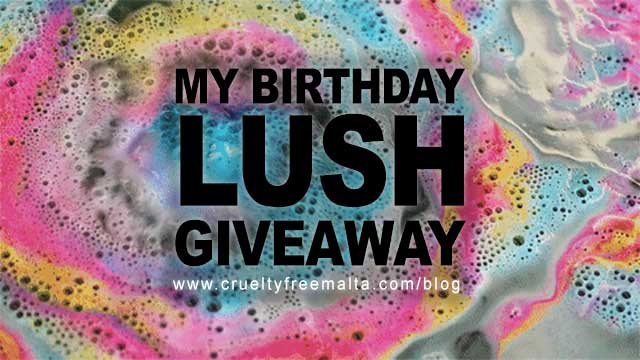Every day the average woman uses over 200 chemicals on her body. These are found in the bathroom, commonly in shower gels, shampoos, lotions, cosmetics and perfumes. Of course, the men and children in your lives are not exempt from these toxic treats either!
We can avoid some of these chemicals because a few manufacturers are eliminating these ‘nasties’. Still there is a long way to go, as household cleaning products also contain toxic chemicals which we are using constantly, polluting the very areas we are trying to ‘clean’, let alone the environment we are destroying and the danger to our health. Washing and doing the laundry with these cocktails, means the waste products all end up ‘down the drain’. Our seas and oceans suffer disasters, and so many ill effects to us.
Pesticides are another worry, and we are urged to use Organic whenever possible. As a result of recent EU legislation, Member States are asked to reduce pesticide use to protect health and the environment. Many fruits and vegetables absorb pesticides, some more than others, among the worst are strawberries, apples, peaches, celery and potatoes, but the list goes on, as studied by ewg.org. Many of these chemicals have a link to cancer, and we all have the right to know, so that we can choose which shower gel, laundry detergent, and garden spray to use, whether to buy organic or not, and maybe reduce our toxic cocktail by some degree.
Some chemicals that we can reduce daily……
- Sodium Lauryl (or Laureth) Sulfate is a cheap harsh detergent used in shampoos, shower gels. It is a toxic and a carcinogen, plus hormone disruptor. It can cause eye irritation, scalp dryness similar to dandruff, skin rashes and other allergic rashes.
- Talc, carcinogenic when inhaled, causing respiratory disorders and is a major cause of ovarian cancer.
- Found in many cosmetics Paraben, Metyl, Propyl, Butyl, and Ethyl are widely used as preservatives in products. They can cause many allergic reactions and rashes, in a study Parabens were detected in breast cancer tissue.
- Triclosan, is a synthetic ‘antibaterial’ ingredient found in many skincare products, especially antibacterial cleansers, and household cleaning products. It is registered as a pesticide and of high risk to both human health and the environment. It is classified as a chlorophenol, a class of chemicals suspected of causing cancer.
- Parfum (fragrance) used in cosmetics, skincare, household detergents, and air fresheners usually means a complex of dozens of chemicals. These can be capable of causing hormone disruptions, allergic rashes, headaches, dizziness and coughing and some times vomiting.
Reducing the intake of these toxins by a small percentage daily can only mean a healthier life and a better future for our children. ABCF encourages you to become more aware about the harmful chemicals we may come across in our daily lives. Information from ewg.org, chemical health monitor, David Suzuki Foundation.
—-
Sarah Cardona, Action for Breast Cancer Foundation (ABCF) – Newsletter April 2011



